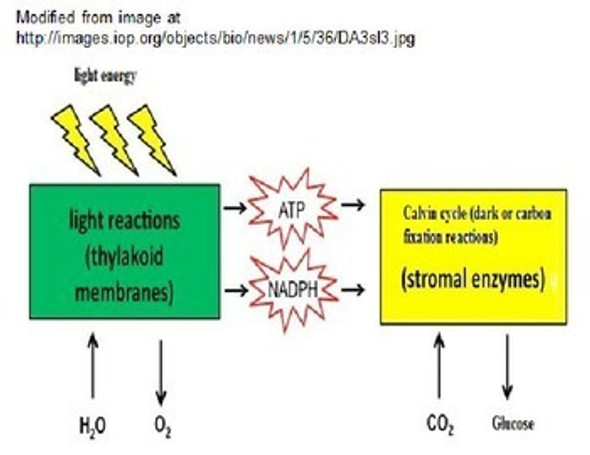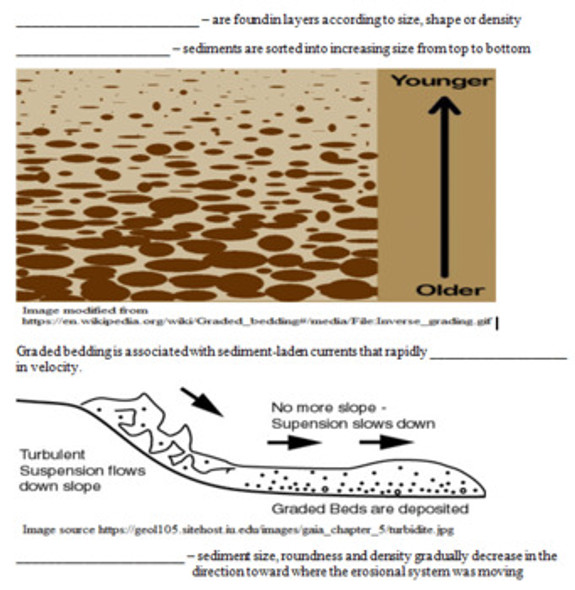Description
This zip file contains many different activities (86 pages of student handouts and a 2 PowerPoints with a total of 132 slides) which can be used to compose a unit involving Water and Climate. Concepts addressed but not limited to include factors influencing climate, zone of aeration, zone of saturation, water table, ground water, infiltration, porosity, permeability, capillary water, water budget terminology and water budgets and global convection patterns. The learning objectives and specific contents of this set of materials is listed below. This set of activities is suited for many earth science, environmental science or physical science classes. With teacher guidance, many components in these materials are adaptable to an enriched middle level science curriculum.
All documents are in PowerPoint, word or pdf format to allow you to edit the documents to meet your needs. Many of the activities in this package of activities are well suited and easily modified for use in distance learning environments. Answer keys for all student activities are provided.
The specific contents of materials in the package are as follows:
- Learning Objectives (NGSS, Common Core and NY State Earth Science Core Curriculum) (2 pp.)
- Water and Climate Completion Notes (14 pp.)
- PowerPoint to accompany the completion notes with 6 closure/ticket out activities (58 slides)
- Worksheet 1 (Factors Related to Infiltration) (43 questions) (13 pp.)
- Worksheet 2 (Climate) (40 questions) (12 pp.)
- Worksheet 3 (Water Budgets and Climate) (26 questions) (8 pp.)
- * Porosity and Permeability Lab Activity (5 pp.)
- Water Budgets Lab (8 pp.)
- Climate of an Imaginary Continent Lab (13 pp.)
- Water and Climate Exam (40 questions) (11 pp.)
- Water and Climate Jeopardy PowerPoint Game (31 questions) (74 slides)
* The Porosity and Permeability Lab requires the following readily available materials: 6 large plastic or styrofoam cups (a small hole or two should be in the bottom of three of the cups), marker, graduated cylinder, (ideally 100 mL or more), timer (ideally sensitive to 0.1 sec), spoon, calculator, beaker or large container to catch water, water, sand, gravel and top soil.
Water and Climate Learning Standards and Objectives
NGSS Learning Standards
Prerequisite to NGSS Standards; HS ESS 2-2, HS ESS 2-4, HS ESS3-1, HS ESS 3-5
Common Core Standards Addressed
ELA Standards: RST 11-12.2, SL 11-12.5
Mathematics Standards: MP 2, MP4
NY State Earth Science Physical Setting Core Curriculum
Standard 4/Performance Indicators 1.2 g, 2.1 i, 2.2 a, 2.2 b, 2.2 c, 2.2 d
Learning Objectives
Upon the completion of this lesson the student will be able to:
1. define the term climate.
2. identify factors to be considered when identifying the climate of a region.
3. recognize that oceans contain most of the earth's water.
4. recognize the majority of the earth's fresh water is tied up in ice and snow.
5. identify four things that can happen to precipitation that falls on land.
6. define the terms infiltration, porosity, permeability and capillarity.
7. identify factors that influence infiltration of water into the soil.
8. describe some characteristics of the zone of aeration, zone of saturation and the water table.
9. identify what ground water is and why it is important.
10. describe how particle sorting influences porosity.
11. recognize that in sorted particles, porosity is independent of particle size.
12. describe how the infiltration rate varies with particle size.
13. explain how particle size influences capillary action in the soil.
14. describe how the absence of vegetation and other land uses influence infiltration rate.
15. list four factors which allow runoff to occur.
16. explain what is meant by stream discharge.
17. use the reference table to determine the relative sizes of different particles.
18. define the following terms related to water budgets; precipitation, actual evapotranspiration, potential evapotranspiration, usage, surplus and deficit.
19. given precipitation and potential evapotranspiration, construct a local water budget.
20. calculate a climate ratio.
21. use a climate ratio to identify humid and arid regions.
22. explain how latitude and elevation influence climate.
23. explain the rain shadow effect.
24. explain why the equator is a rainy region based upon global atmospheric convection patterns.
25. identify the location of most major deserts and explain their location based upon global convection patterns.
26. recognize the prevailing southwest winds steer most contiguous United States weather patterns.
27. describe how surface ocean currents modify the climates of coastal areas.
28. use a reference table to identify specific ocean currents.
29. discuss some influences of vegetation on climate.
30. recognize clouds help to reduce radiational cooling.
31. identify two reasons deserts have large temperature extremes between day and night.
32. identify what is meant by the ice ages.
33. list some natural and man-made factors that contribute to global climate change.
Terms of Use
Purchase of the product is for classroom use by the purchaser only. It is a violation for individuals, schools, and districts to redistribute or sell this item on the Internet or to other individuals. I do encourage you to use and edit these documents to suit your needs with your own students in distance learning environments.
This work is licensed under a Creative Commons Attribution-NonCommercial-ShareAlike 4.0 International License.


















